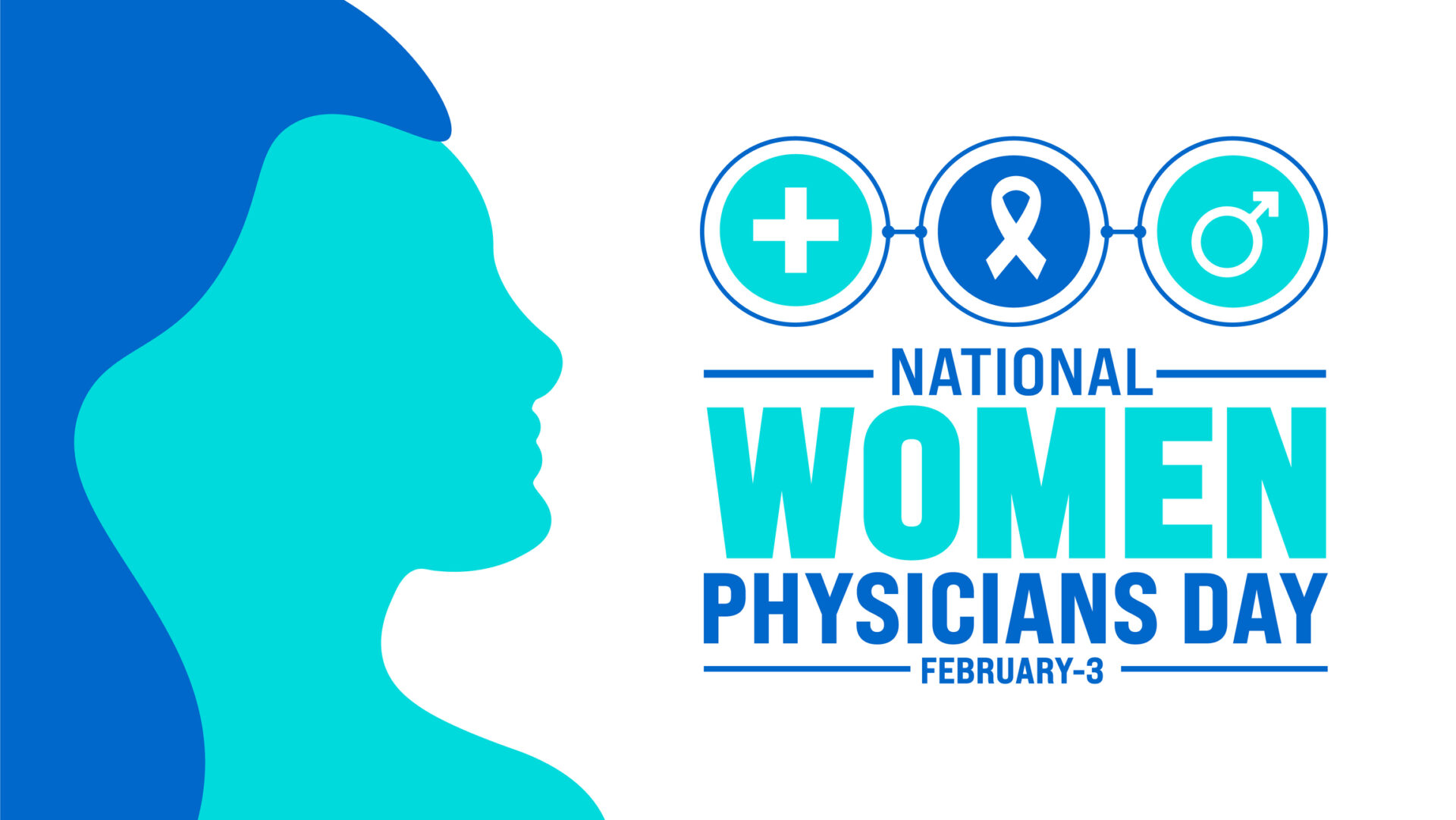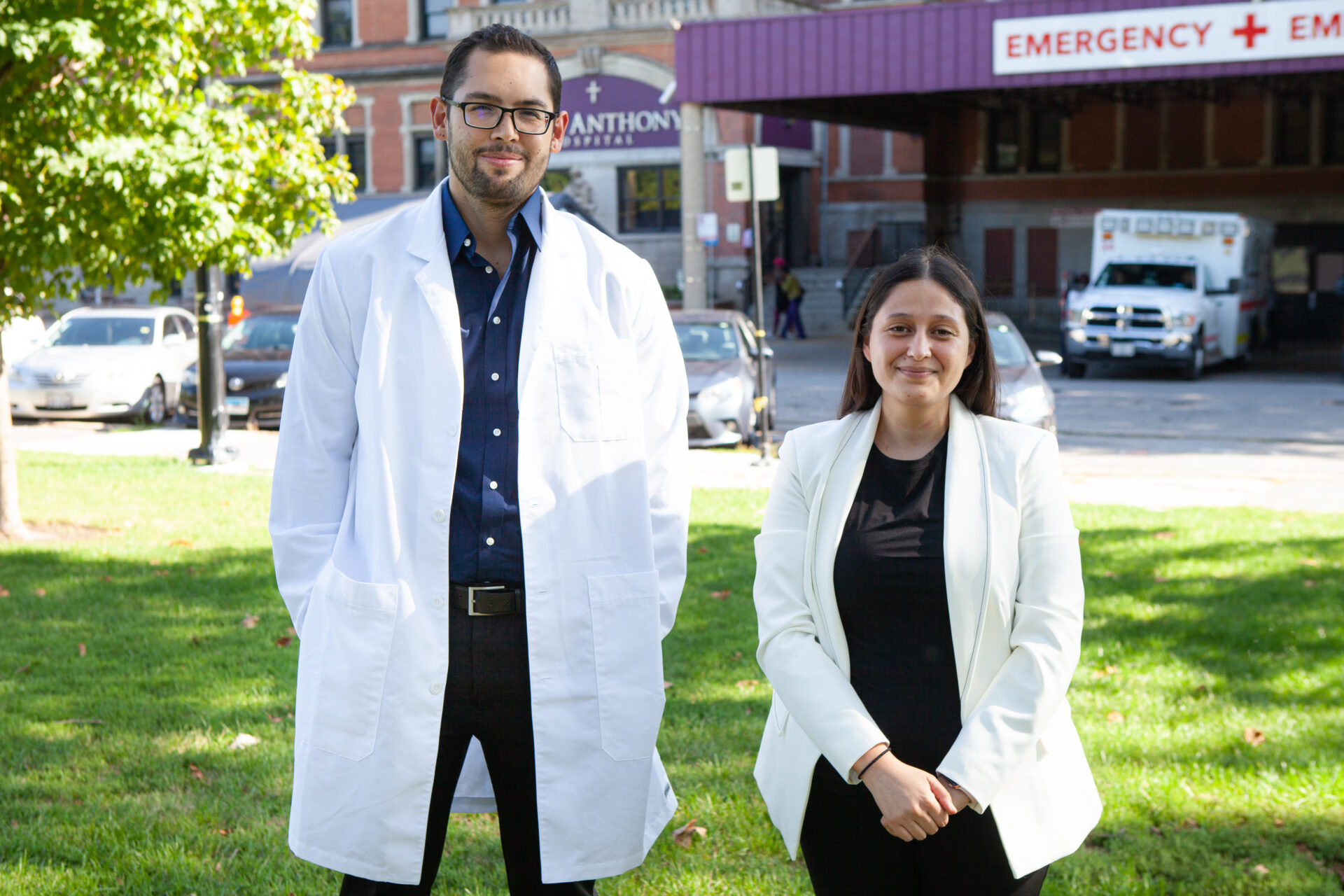Late last month, President Joe Biden announced funding for mental health awareness, training, and treatment nearing $85 million. What is most notable about the distribution of these funds, however, is the $10.7 million going to the Pediatric Mental Health Care Access Program to expand training of primary care physicians in treatment and referral of kids for mental health issues.
The COVID-19 pandemic’s toll on children is no surprise. The pandemic has created a rise in emergency department visits for young people with mental health cases, with girls aged 12-17 facing the most significant rise in such cases. According to Health and Human Services Secretary, Xavier Becerra, these funds come as an intervention of this mental health crisis.
The #COVID19 pandemic has taken a toll on all of us, especially children. The Biden-Harris Administration is committed to providing our health care professionals with the tools and funding to keep our children healthy. https://t.co/vvl6AR0oBE
— Secretary Xavier Becerra (@SecBecerra) August 27, 2021
This is crucial funding that doubles the efforts of the Pediatric Mental Health Care Access Program. However, the means by which these funds will expand that access says a lot about the future of medicine and where current medical training is most needed.
Telehealth
Following the wider use of telehealth services during the pandemic, the approach has become a popular method of providing and receiving healthcare. This rise in popularity has solidified telehealth as a standard form of healthcare moving forward. The Biden Administration’s funding is an acknowledgement of this, and through this funding, it prioritizes specifically through telehealth. Through training primary care physicians in telehealth, physicians are able to begin offering telehealth services at their clinics or expand already existing telehealth services into psychiatric care.
With this, telehealth training has become a necessary component of medical education. Without the patient physically in the room, physician and patient interactions have dynamics that differ significantly from in-person care. Different approaches to communication and diagnosis are vital. Telehealth trainings, such as AMOpportunities’ virtual rotations, are specifically designed to provide this type of training, which can help those applying to residency stand out on their applications.
Psychiatrist shortages
While training primary care physicians in telehealth improves healthcare accessibility, especially for those in rural areas, it also draws attention to other issues in mental healthcare. Among these issues are lingering taboos that keep parents from sending their children to psychiatrists or other mental healthcare providers. With parents preferring to seek care from a familiar family doctor rather than a new psychiatrist, using these funds to cross-training family doctors to recognize and treat mental health symptoms in children helps to meet children where they are.
However, the need for cross-training signals a worsening shortage of trained psychiatrists is also a major obstacle in overcoming the pediatric mental health crisis. Aside from lingering taboos, psychiatry is among the lower paying specialties, which is an obstacle to drawing new patients to the field. While training psychiatrists does not directly address the taboos that prevent parents from seeking out mental health services for their children, it does create a generation of advocates for mental health. It also helps address the retirement drain facing a field already facing an “exacerbating shortage”.
Click here to read more about the psychiatry shortage and how to find a psychiatry clinical experience.







Leave A Comment